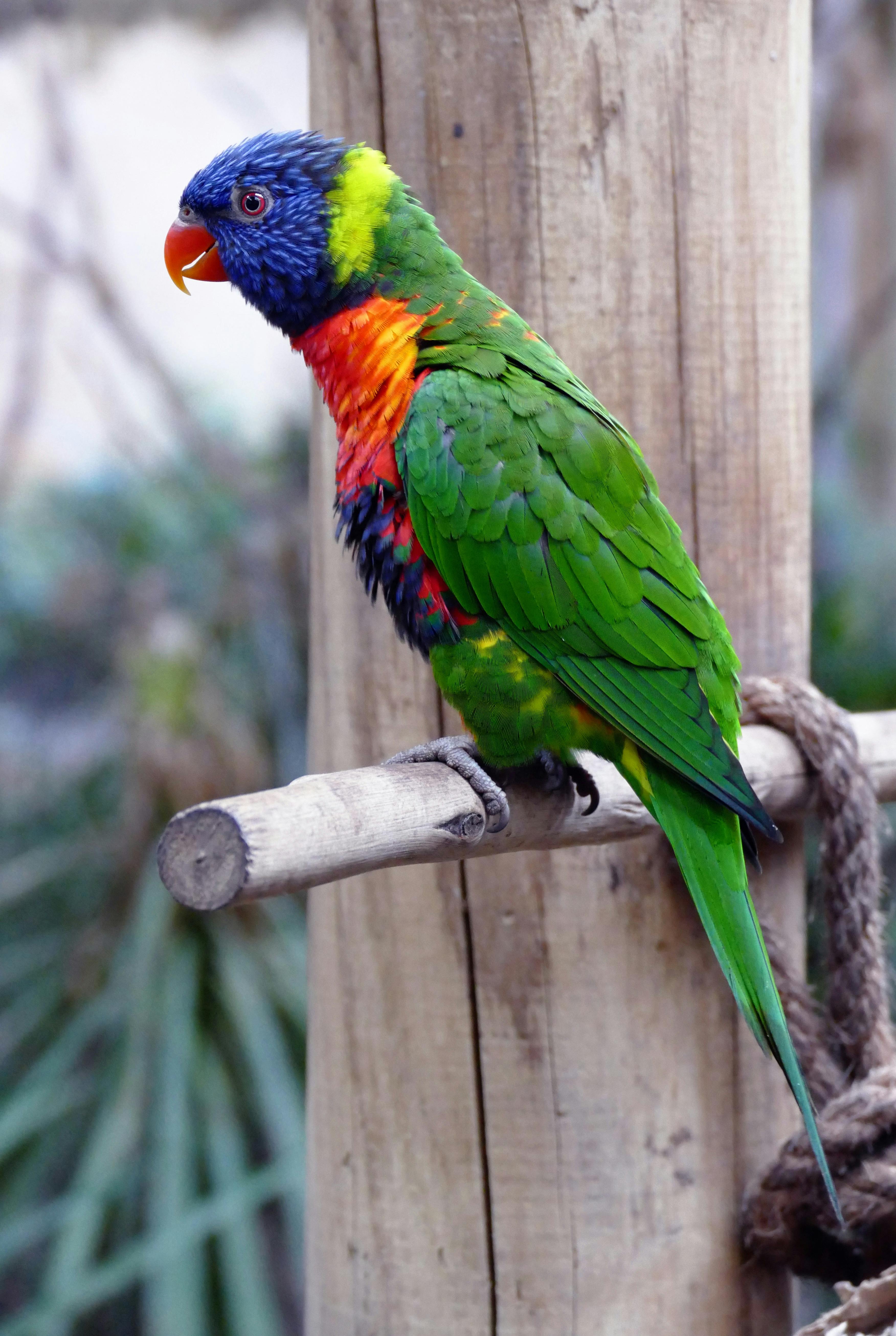Essential Guide to Freshwater Aquarium Sharks in 2025
Introduction
Freshwater aquarium sharks are a captivating choice for aquarists seeking to add unique and visually stunning species to their tanks. These fascinating freshwater shark species can enrich a freshwater aquarium environment, providing both aesthetic appeal and active behavior, making them great companions for both experienced aquarists and beginners alike. Understanding their special care requirements, tank setup, and compatibility with other aquatic life is crucial for ensuring a thriving ecosystem.
The importance of keeping sharks in aquariums lies in their fascinating behaviors, dietary needs, and growth patterns, which can add depth to your aquarium hobby. This guide will offer practical tips for setting up and maintaining a comfortable habitat for your freshwater sharks, navigating their care, and optimizing their behavior. You will also learn about the best freshwater shark species for your tank and how to properly integrate them into a bustling aquatic community.
We’ll cover key topics such as tank size requirements, suitable tank mates for freshwater sharks, their feeding schedule, and aquarium maintenance practices. By the end of this guide, you'll be equipped with the knowledge needed to create an ideal environment for your freshwater sharks, ensuring their peace and longevity.
Let's dive into the essential aspects of caring for these amazing creatures!
Understanding Freshwater Shark Species
Identifying Popular Freshwater Sharks
When it comes to the best freshwater sharks, species such as the freshwater bamboo shark and the rainbow shark bring excitement to any aquarium. The freshwater bamboo shark, though typically kept in larger tanks due to its size, is known for its peaceful demeanor. Meanwhile, the rainbow shark is quite active and can display territorial behavior, especially as it matures. Both sharks require careful consideration of tank size and compatibility with other fish to flourish in a community setting.
Other small freshwater sharks like the red-finned shark and the bala shark offer varied aesthetics and behaviors. Red-finned sharks are energetic and thrive in schools, enhancing their social behaviors. The bala shark, while often larger, is another engaging species known for its striking appearance and swimming agility.
Understanding the specific needs and traits of these sharks is paramount in deciding which species fits best in your aquarium. When selecting freshwater shark species, research their natural habitats and corresponding environmental requirements.
Freshwater Shark Habitats and Environmental Needs
Creating a suitable freshwater environment for sharks is essential for their well-being. Each freshwater shark species has unique water conditions, such as specific pH levels, temperature ranges, and tank size requirements. Regular water quality monitoring is vital to maintain this delicate ecosystem.
The preferable water temperature for most freshwater sharks ranges between 75°F to 80°F, with a pH level kept between 6.5 to 7.5. Additionally, incorporating aquarium filtration for sharks helps manage waste and maintain clean water conditions. Adequate filtration options help simulate natural currents while ensuring suitable bio-load management.
Aquascaping, including live plants for shark tanks, can also enhance their environment. Providing adequate hiding spots through decorations and natural plants contributes to satisfying their behavioral and environmental needs, reducing stress levels in your aquarium.
Freshwater Shark Behavior and Social Dynamics
Understanding freshwater shark behavior is crucial for maintaining harmony within your aquarium. Freshwater sharks often exhibit unique social dynamics and can be quite territorial. It’s important to consider compatible tank residents when planning your aquarium community.
Monitoring tank mate compatibility is key, as certain species may become aggressive if they feel their territory is threatened. As an example, while rainbow sharks can coexist with many fish varieties, providing ample space and structures can help mitigate aggression. Cichlids, in particular, are often ill-suited as tank mates due to their aggressive nature.
Behavioral studies on sharks highlight their need for adequate swimming space and stimulating environments. Offering an array of both open swimming areas and sheltered locations will support the natural behaviors of your sharks, fostering a sense of security.
Setting Up Your Freshwater Shark Tank
Essential Equipment for Shark Aquariums
Choosing the right equipment is critical for setting up a successful freshwater shark tank. Start with selecting tank size for freshwater sharks; larger tanks typically allow for less territorial disputes and promote healthier condition. A minimum of 75 gallons is recommended for most species, particularly those growing over a foot in length.
Key equipment includes efficient tank filtration systems that enhance water quality and clarity. There are various types of aquarium filters available, such as canister and power filters, both of which can play a significant role in maintaining water quality.
Installing an aquarium heater is also essential for keeping a stable water temperature appropriate for your sharks. Aim for a reliable heater that can maintain the desired temperature range, preventing fluctuations that could stress your aquatic pets.
Freshwater Tank Décor and Landscaping Ideas
Creating an inviting environment is an enjoyable aspect of aquarium ownership. Shark tank décor should mimic their natural habitats, incorporating features like rocks, driftwood, and dense vegetation. Aquatic plants not only contribute to the visual appeal but also provide hiding spots and shelter for your sharks.
Consider using plants like Anubias and Java Fern, which thrive in various lighting conditions and add to the natural ambiance of the aquarium while removing excess nutrients to combat algae growth.
Identifying aquatic plants for shark tanks that won’t be uprooted by burrowing species is important too. Firmly anchored plants will withstand the activity of bottom-dwelling sharks while creating a thriving ecosystem in your aquarium.
Feeding Freshwater Sharks: Strategies for Success
To ensure optimal health, developing a feeding schedule for freshwater sharks is key. Most sharks appreciate a varied diet, consuming a mix of high-quality pellets, live foods, and frozen options. Flake foods can also supplement their diet, introducing nutrients that support their growth and immune system.
Feeding techniques for sharks should incorporate different food types and sizes based on their species. For instance, freshwater catfish and sharks can coexist and share similar dietary needs, but knowing each species’ preferred food type is essential for a balanced diet.
Regularly observing fish feeding habits provides insights into their health, appetite, and aggression levels. Implementing feeding regimes for various species helps in determining their eating frequency—typically, adult sharks may require feeding every 2-3 days, while juveniles benefit more from daily meals.
Maintaining Your Freshwater Shark Aquarium
Freshwater Aquarium Maintenance Essentials
Regular aquarium maintenance is crucial in promoting a healthy environment for your freshwater sharks. Frequent water testing using quality assessment tools will help monitor water parameters, including ammonia, nitrate, and nitrate levels, ensuring they are within acceptable ranges.
Tasks such as regular tank cleaning and ensuring specialized aquarium filtration for sharks contribute to creating a balanced ecosystem. Cleaning the substrate and décor while minimizing stress on the fish should be part of your routine, ensuring you do not remove beneficial bacteria while performing water changes.
Algae control in shark tanks involves monitoring lighting and nutrient levels. Limiting exposure to direct sunlight and controlling feeding habits can prevent excessive algae growth, which can be detrimental to the overall health of your sharks.
Freshwater Shark Diseases and Prevention
Being vigilant about freshwater shark diseases is essential for any aquarist. Knowing how to identify symptoms and implementing disease prevention methods plays a pivotal role in protecting your sharks. Common illnesses include ich and fin rot, often provoked by poor water quality or stress factors in the tank.
Implementing a disease treatment protocol is critical for fish health; quarantining new arrivals before placing them in the primary tank can prevent the outbreak of illnesses. Providing adequate tank conditions and regular monitoring enhances the overall health of your community setup.
Consulting tropical fish disease and treatment guides can empower you with knowledge on effective approaches to tackle any health issues that arise, ensuring that your tank remains in optimal condition.
Conclusion
Equipped with the right knowledge and resources, anyone can successfully keep freshwater aquarium sharks and create a stunning aquatic display. By understanding the unique requirements of different freshwater shark species along with proper tank setup and maintenance, you can foster a thriving habitat that supports their natural behaviors and all-round well-being. As you advance in your freshwater aquarium hobby, always stay informed and refreshed about best practices and tips to provide the best possible life for your aquatic companions.


